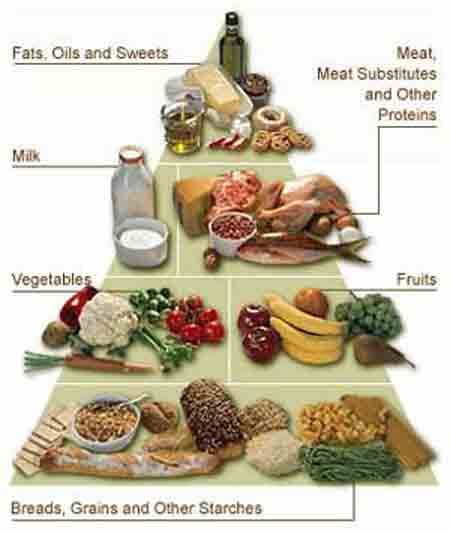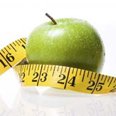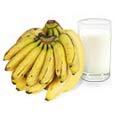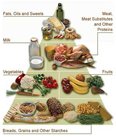|
The Food-Pyramid
Explanation of the Food-Pyramid Following the food-pyramid - eating more of the foodstuffs at the bottom of the pyramid, and less of the ones at the top - is intended to be a lifestyle pattern change, rather than a temporary diet. This safe eating plan can be adopted for life and will help you stay healthy. It should provide most, if not all of the nutriants necessary to help you age well. A Bit of HistoryReleased in 1992, the food-pyramid is a nutrition guide suggesting how much of each food category one should eat each day for a healthy diet. In general terms the the following intake of different food groups each day is recommended: * 6-11 servings of grain a day such as rice, bread, cereals, and pasta; IndividuaLS were encouraged to consume the foods within a certain range of servings, but in the original version - released in 1992 - gave no hint on how to interpret that choice. Later on, The United States Department of Agriculture released a new version of the 1992 food pyramid called MyPyramid that gives a hint about what a serving should contain: * Grains, recommending that at least half of grains consumed be as whole grains;
How Much is a Serving? Interpreting the food-pyramid, some nutritionists have established the serving sizes for a 2000 calories/day diet. Grains * 1 bread slice Fruits * 1 fruit (apple, banana or a medium orange) Dry vegetables, nuts and seeds * 1/2 cooked beans Greens * 1/2 cup of cooked greens Dairy, eggs * 1 cup of milk Oil and fats * 1 tea spoon of oil Source: This text has been reproduced from the Diet Motion web site (see link below). It gives a detailed explanation of the Food-Pyramid and I doubt we can find a better one anywhere else. The Diet Motion Web Site - Article on the Food-Pyramid |
Subscribe to Age-well.org Ezine
Eat Well
Table of Contents
Eat-Well-Homepage

- Water
- Antioxidants
- Chocolate
- Caffeine
- Cherries
- Cranberries
- Maquiberries
- Salt
- Sugar
- Cholesterol and its Effect on Health
- Fruit & Vegetables - Fresh Versus Frozen or Canned
- Nuts, Beans and Pulses
- Monosodium Glutamate (MSG)
- Unsaturated Fats - The Right Fats for Health
- What are Transfats?
- Water
- 20 Benefits of Drinking Enough Water



All About Vitamins and Minerals










